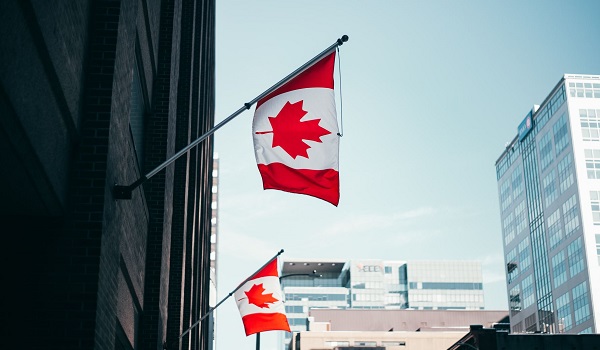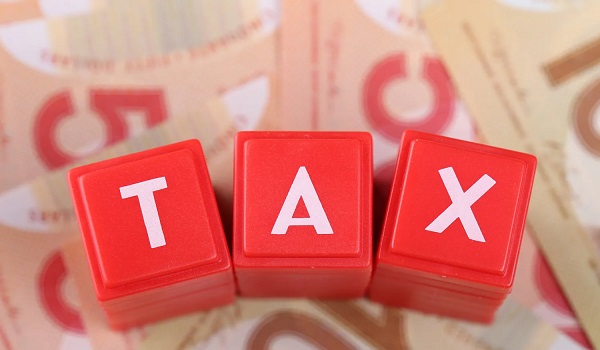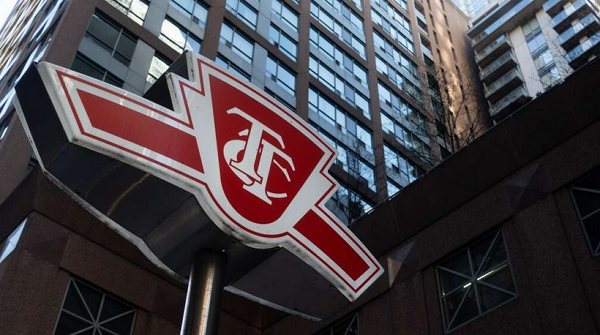Despite an increase in inflation rate, hope of a June rate cut still in place
Canada’s inflation rate ticked higher in March, but an easing of other price pressures underscored the potential for the Bank of Canada to lower interest rates in June.
The consumer price index rose 2.9 per cent in March from a year earlier, up from 2.8 per cent in February, Statistics Canada said Tuesday in a report. This result matched expectations on Bay Street and was partially owing to a 4.9-per-cent increase in gas prices, month over month.
Elsewhere, there were encouraging signs. On a three-month annualized basis, the Bank of Canada’s preferred measures of core inflation – which strip out volatile movements in the CPI – are running below 1.5 per cent.
Bank of Canada Governor Tiff Macklem said last week that he’s encouraged by the recent trend for inflation, but that he needs to see it play out for longer before cutting interest rates. If the bank cuts too soon, inflation could flare up again, he warned.
After Tuesday’s report, traders boosted their bets that the Bank of Canada will start the process of lowering interest rates at the next opportunity, in June. Several economists on Bay Street said that a June rate cut was a strong possibility, barring any surprises in next month’s CPI report.
“The inflation data for March should give monetary policymakers confidence that the progress made in taming consumer price pressures is sustainable,” Royce Mendes, head of macro strategy at Desjardins Securities, said in a client note. “When Macklem said he wanted to see more of what he had seen in January and February, this type of release was exactly what he was looking for.”
In the near term, gasoline could provide a headwind to bringing inflation under control. Gas prices have continued to rise in April. Another challenge is shelter prices, which rose 6.5 per cent in March, year over year. Rents jumped by 8.5 per cent, a symptom of longstanding housing shortages across the country.
Other areas were tamer. Food purchased from stores rose at an annual rate of 1.9 per cent in March, down from 2.4 per cent in February. Grocery inflation had peaked at more than 11 per cent in late 2022 and early 2023.
In a research note, Bank of Montreal chief economist Doug Porter said that the “the steady cooling in core inflation is welcome news indeed.” He added that the odds are leaning toward a June rate cut.
Interest rate swaps, which measure market expectations of monetary policy, are pricing in a 57-per-cent chance that the Bank of Canada cuts rates by a quarter-point in June, up from 43 per cent before the report, according to Refinitiv Eikon Data. The odds are stronger for the July decision.
Over 2022 and 2023, the Bank of Canada hiked interest rates to 5 per cent from pandemic lows of 0.25 per cent. This tightening of monetary policy is intended to curb demand in the economy and bring inflation back to the central bank’s 2-per-cent target. Because monetary policy affects the economy with a lag, the Bank of Canada doesn’t have to wait for inflation to return to 2 per cent before it starts to reduce its policy interest rate.
Mr. Macklem said last week that the decline in core inflation has been “very recent.” The central bank needs to see more evidence that it’s “not just a temporary dip,” he said.
Given those requirements and the details in Tuesday’s report, the Bank of Canada appears to be heading for a first rate cut in June, said Andrew Grantham, senior economist at CIBC Capital Markets, in a client note.
“For a central bank trying to judge if downward momentum in core inflation has been maintained before its next policy decision, today’s release was a case of one down, one to go,” he said.
This article was first reported by The Globe and Mail















